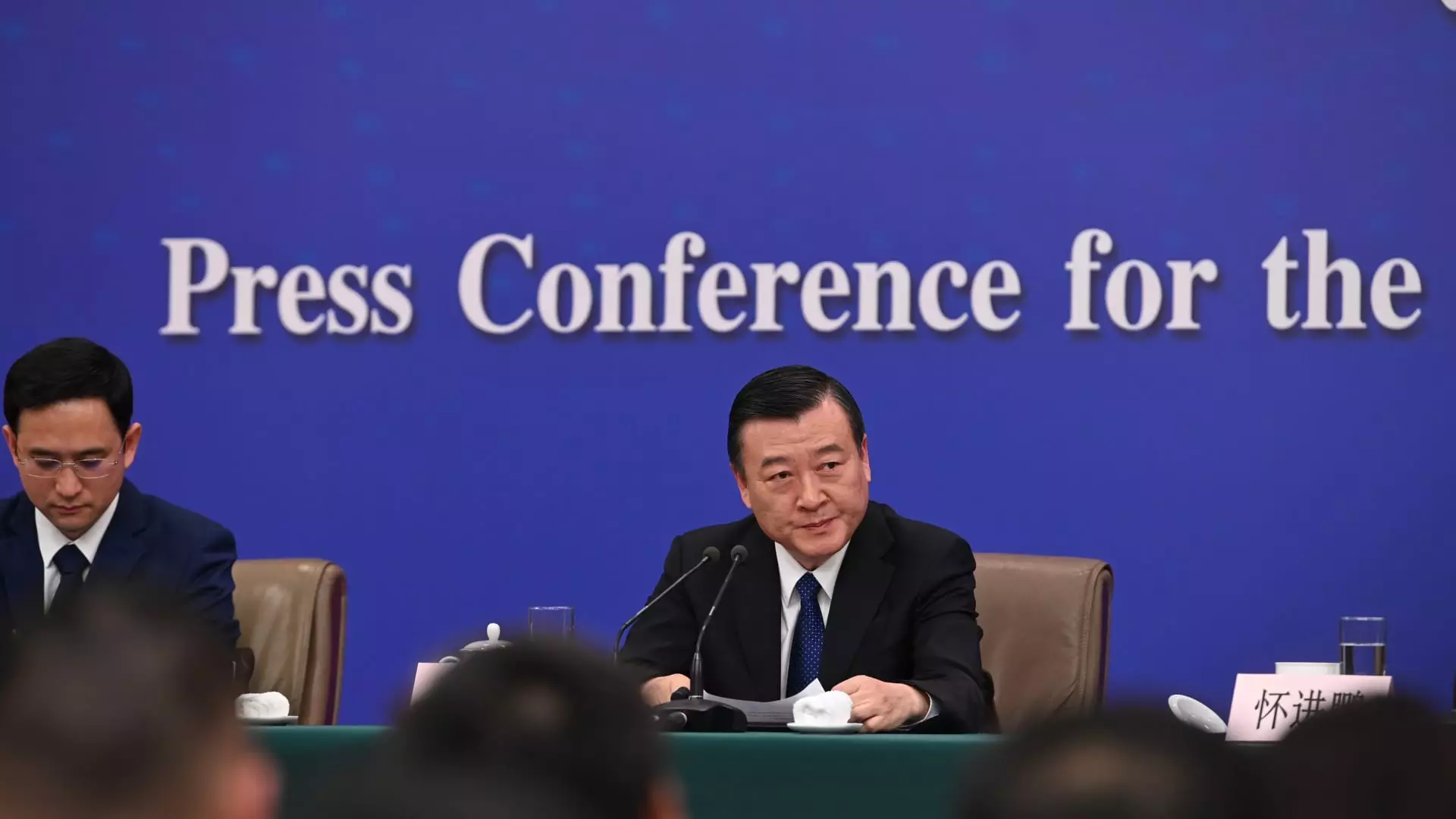The current landscape of China’s real estate sector is marked by significant turbulence, yet recent interventions by the government signal an intent to stabilize and rejuvenate this crucial segment of the economy. The announcement that China plans to expand its “whitelist” of eligible real estate projects and enhance bank lending to these sectors is a critical development. This undertaking impacts not only the immediate financial environment but also the broader confidence amongst consumers and investors regarding the future of the real estate market.
Initiated earlier in the year, the “whitelist” strategy allows city governments the authority to identify residential projects deemed viable for accelerated bank lending. This initiative appears to serve a dual purpose: to ensure the completion of stalled housing projects and to restore buyer confidence. As of now, approximately 2.23 trillion yuan (around $335 billion) has been allocated in loans, with forecasts indicating that this figure could nearly double by the end of 2024. Such a monumental financial commitment demonstrates the government’s acknowledgment of the sector’s critical role in the economy, particularly in light of the significant declines in real estate sales and prices.
However, while the expansion of the whitelist and efficient allocation of funds is theoretically sound, the execution and timely delivery of these loans remain paramount. Officials stress the urgency of deploying funds, especially given the sluggish recovery of the sector. The distinction between offering loans in full as opposed to in incremental disbursements raises concerns regarding bureaucratic inefficiencies that could hinder actual relief on the ground.
To contextualize these developments, it is essential to consider the broader macroeconomic policies initiated by the People’s Bank of China (PBOC). Recent cuts to the reserve requirement ratio and adjustments in down payment ratios for second home loans signify a concerted effort to mitigate liquidity constraints faced by potential homebuyers. Such monetary policy changes aim to stimulate demand in what has become a bleak market, exacerbated by a sharp decline in new home prices—the fastest drop witnessed in over nine years.
Additionally, a high-level meeting under the auspices of President Xi Jinping revealed a priority to halt the downward trend of the real estate market, anticipating that renewed growth in developer activity could nurture a more favorable economic climate. While these measures illustrate a pronounced shift in policy, market reactions indicate mixed sentiments.
Shortly after the government’s policy announcements, investor reactions in the stock market painted a complex picture. Despite initial upticks in Chinese property stocks and indices, the CSI 300 real estate index witnessed a significant decline, dropping more than 5%. This volatility underscores the skepticism pervading investor sentiment—a belief that these measures may not be sufficient to catalyze an enduring recovery. As noted by some financial analysts, including those from BNP Paribas, the lack of confidence in the potential effectiveness of these stimulus packages remains palpable.
Investors are grappling with the broader intricacies of the economic environment, particularly following years of stagnation following regulatory crackdowns on leveraged real estate investments. China’s deleveraging campaign has stripped numerous developers of their market standings, leading to defaults that have amplified existing fears among homebuyers.
In addition to the central government’s financial interventions, local governments have stepped up efforts to stimulate their regional real estate markets. With reports indicating over fifty cities taking measures to alleviate pressures on buyers—by removing purchase restrictions or lowering down payment requirements—the strategy appears to be decentralized and custom-fit to local conditions. However, the overall efficacy of these localized efforts remains contingent on how successful they will be in breaching consumer apathy towards home purchases, especially in regions that have seen severe price corrections.
While the recent adaptations in China’s approach to real estate lend some hope for recovery, a substantial journey remains ahead to restore confidence among both consumers and investors. The expansion of the whitelist and the pledges towards enhancing liquidity through loans reflect a government intent to address the pressing challenges faced by an embattled sector. However, doubts about the tangible benefits of these initiatives continously simmer, fueled by the prolonged downturn of property prices and the lagging consumer sentiment. Ultimately, the effectiveness of these policy choices will be measured not by announcements but by the recovery momentum they create in one of the world’s largest property markets.

